Since I wrote the main tutorial series on missile warfare, I've continued to experiment with the options offered by C#, and have made a couple of discoveries that bear further examination.
The first has to do with the way fire controls allocate weapons in missile defense. In VB6, each FC would engage one and only one target, so I made sure that each missile defense turret had its own FC. This has changed in C#, so that now any weapons (or turrets) not used against one target will engage the next. This makes it a lot harder for an enemy to throw small salvoes at you and overwhelm your defenses that way. Harder, but not impossible. In a couple of cases, I've attempted to close with AMM ships, and they've thrown, say, 50 size 1 missiles at me in salvos of 5. My standard beam defense system in that game was a 2x5 gauss turret, and the hit rate was usually 90% or more. The problem was that each turret could really only take out 5 missiles with 10 shots, and often less if other systems took out a few in a salvo before the turret began to engage. Read more...

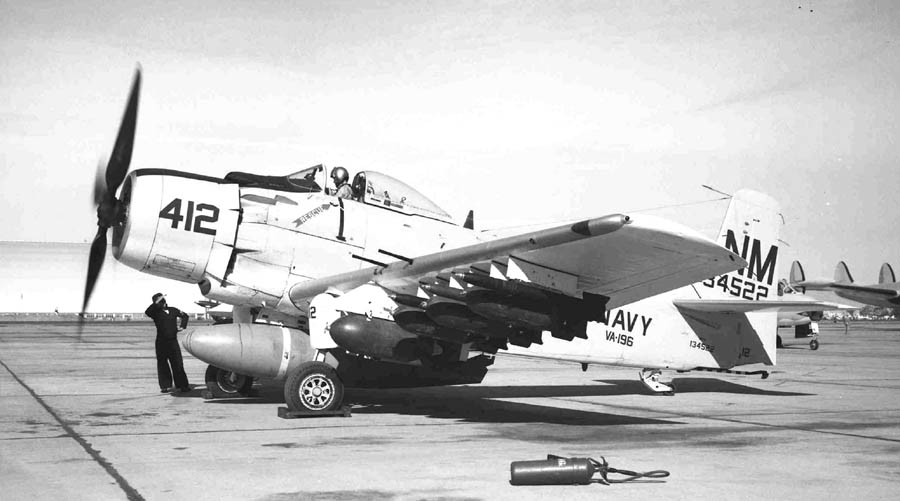
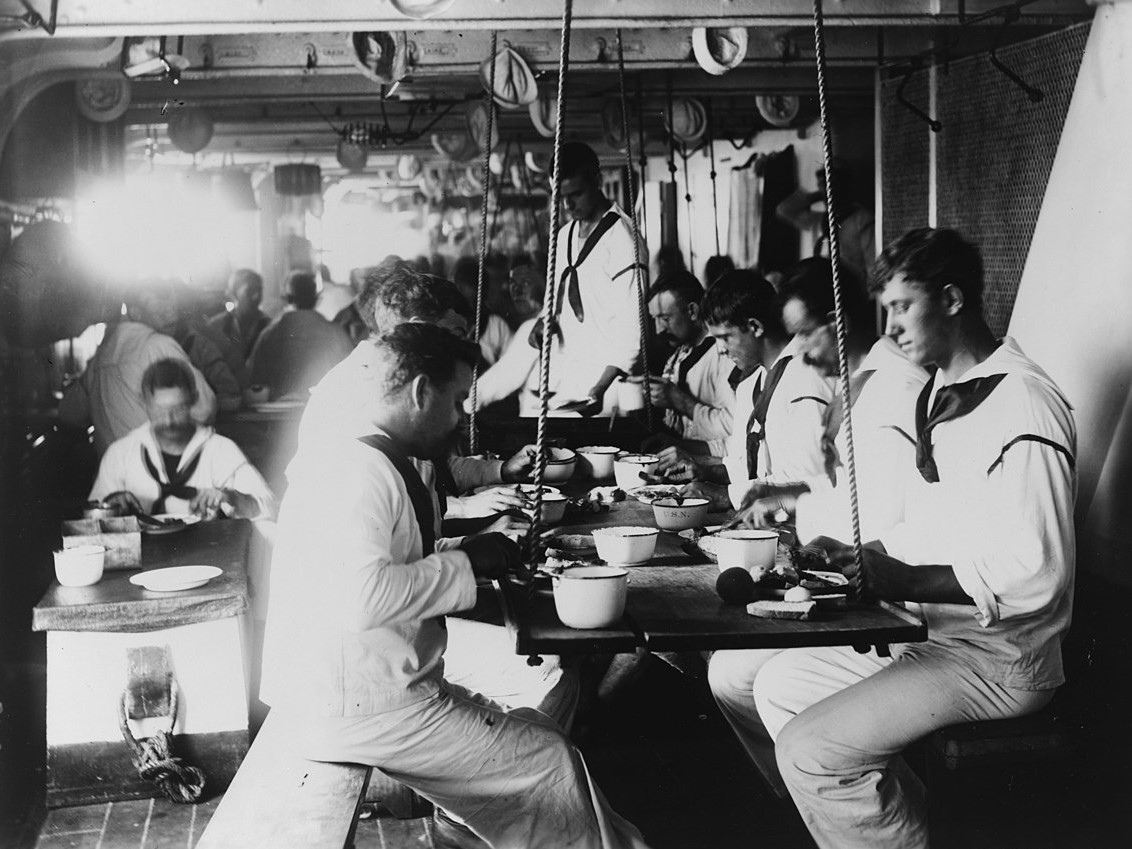
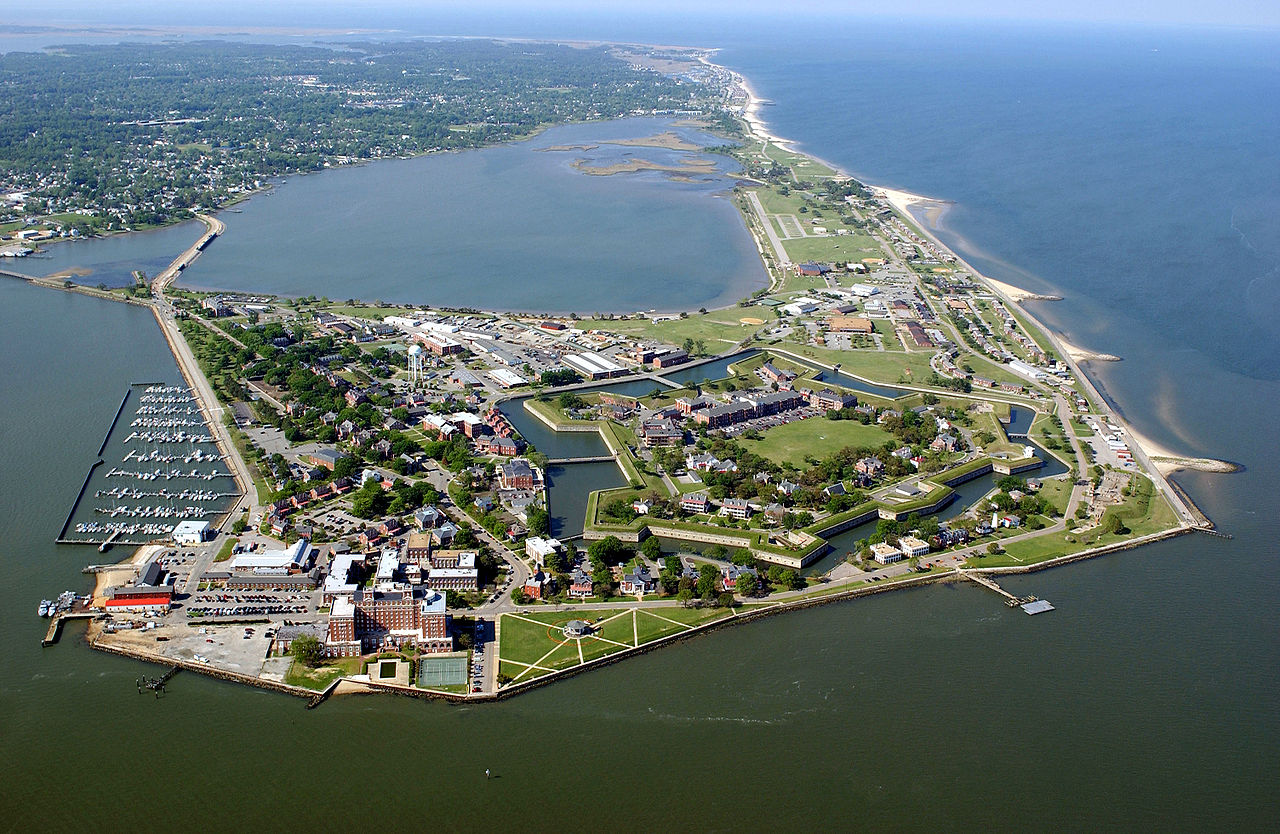
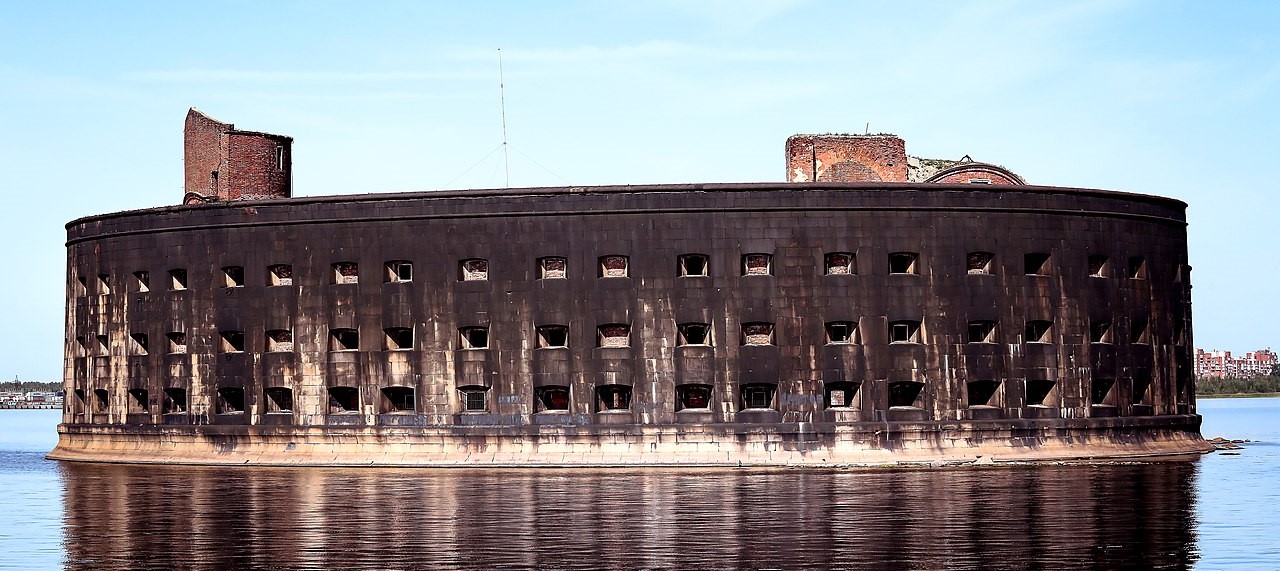
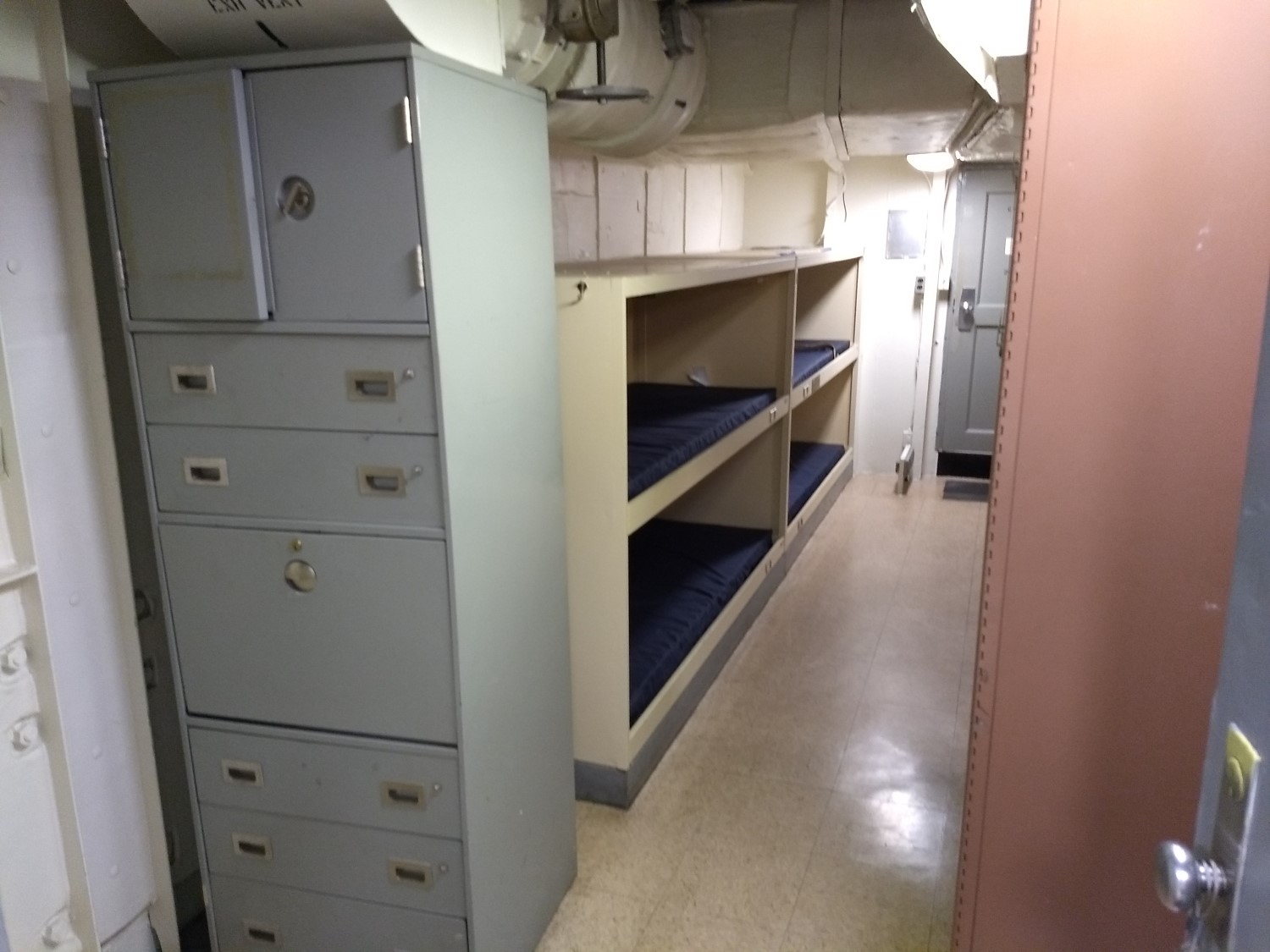
Recent Comments